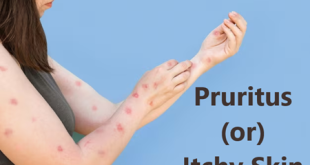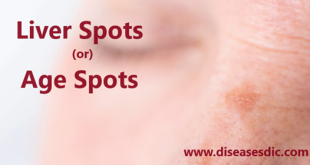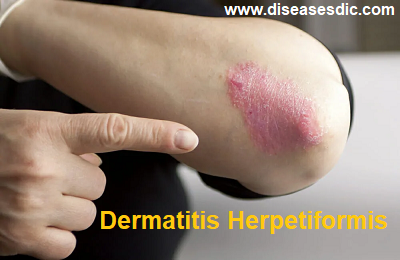Overview Pruritus, also known as itchy skin, is an unpleasant sensation that prompts the desire to scratch the affected area. It can occur in various parts of the body and may range from a mild annoyance to a severe, debilitating condition. Pruritus can be caused by numerous factors, including skin …
Read More »Liver Spots (age spots) – Symptoms, Causes and Home Remedies
Definition Liver spots, often referred to as age spots or solar lentigines, are flat, brown, or black spots that develop on the skin. Despite their name, liver spots have no connection to the liver or liver function. The term “liver spots” originated from the mistaken belief that these spots were …
Read More »Keratosis Pilaris (KP) – Pathophysiology, Types and Treatment
What is Keratosis pilaris? Keratosis pilaris (KP) is a very common skin condition, typically seen in children and young adults. The term ‘keratosis’ means that there is too much keratin, the protein that protects skin from infections and other harmful things, while ‘pilaris’ comes from the Latin for hair (pilus). …
Read More »Wells Syndrome or Eosinophilic Cellulitis – Overview and Causes
Definition Wells syndrome or Eosinophilic cellulitis is an acute, rare dermatosis of unknown etiology. Eosinophilic cellulitis is reported infrequently in children and is manifested by eosinophil infiltration in the dermis. Eosinophilic cellulitis presents with sudden onset of single or multiple mildly painful or pruritic, erythematous plaques. The lesions are usually …
Read More »Pressure Ulcers – Symptoms, Risk Factors, and Prevention.
What is Pressure Ulcers? Pressure Ulcers – also called bedsores ulcers and decubitus ulcers – are injuries to skin and underlying tissue resulting from prolonged pressure on the skin. Bedsores most often develop on skin that covers bony areas of the body, such as the heels, ankles, hips and tailbone. …
Read More »Dermatitis Herpetiformis – Complications, Symptoms, and Diagnosis.
What is Dermatitis Herpetiformis? Dermatitis herpetiformis (DH) is a bumpy, itchy skin rash that’s common in people with celiac disease. That’s an autoimmune disorder that keeps your body from digesting gluten, a protein found in wheat and other grains. DH, also known as Duhring’s disease, causes blisters that look like …
Read More »Pyoderma gangrenosum – Types, Causes, Diagnosis and Treatment
Definition Pyoderma gangrenosum (PG) is a rare inflammatory neutrophilic dermatosis a group of conditions in which neutrophils (a type of white blood cells that protect us from infections) quickly react and infiltrate affected tissue often after some sort of abrasion or injury. PG usually begins as a small bump or …
Read More »Melasma – Types, Causes, Pathophysiology, and Treatment
Definition Melasma is a condition in which areas of the skin become darker than the surrounding skin. Doctors call this hyperpigmentation. It typically occurs on the face, particularly the forehead, cheeks and above the upper lip. The dark patches often appear on both sides of the face in a nearly …
Read More » Diseases Treatments Dictionary This is complete solution to read all diseases treatments Which covers Prevention, Causes, Symptoms, Medical Terms, Drugs, Prescription, Natural Remedies with cures and Treatments. Most of the common diseases were listed in names, split with categories.
Diseases Treatments Dictionary This is complete solution to read all diseases treatments Which covers Prevention, Causes, Symptoms, Medical Terms, Drugs, Prescription, Natural Remedies with cures and Treatments. Most of the common diseases were listed in names, split with categories.








